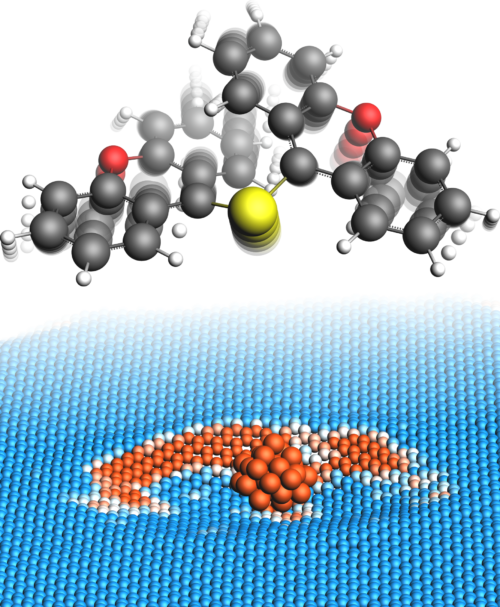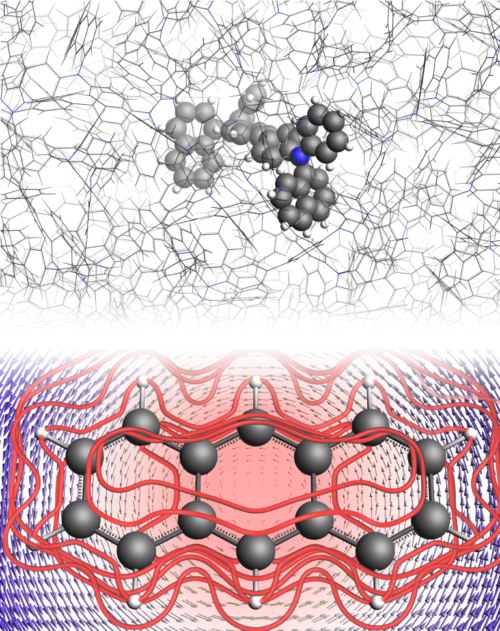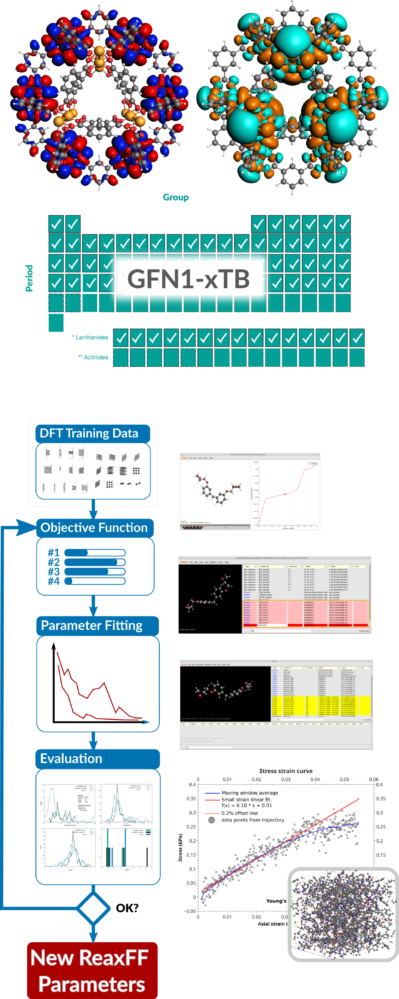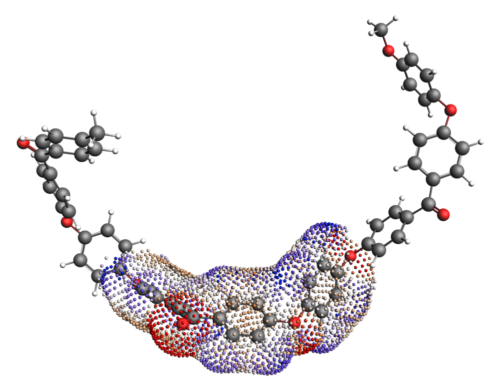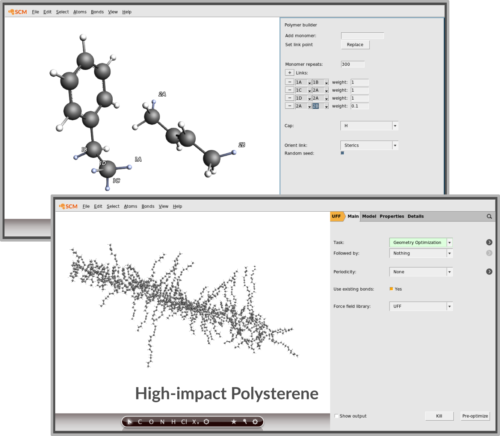Release notes Amsterdam Modeling Suite 2019
See also the release notes for AMS2019.3.
The SCM team is happy to announce our new major release, the Amsterdam Modeling Suite 2019 (AMS2019).
In this version we focused on expanding the capabilities of the powerful driver AMS, first introduced in AMS2018. Researchers can now access advanced Molecular Dynamics and Monte Carlo capabilities with electronic structure methods, including the fast integrated MOPAC engine and the new GFN1-xTB method from Grimme, enabling DFTB calculations on almost all elements of the periodic table.
